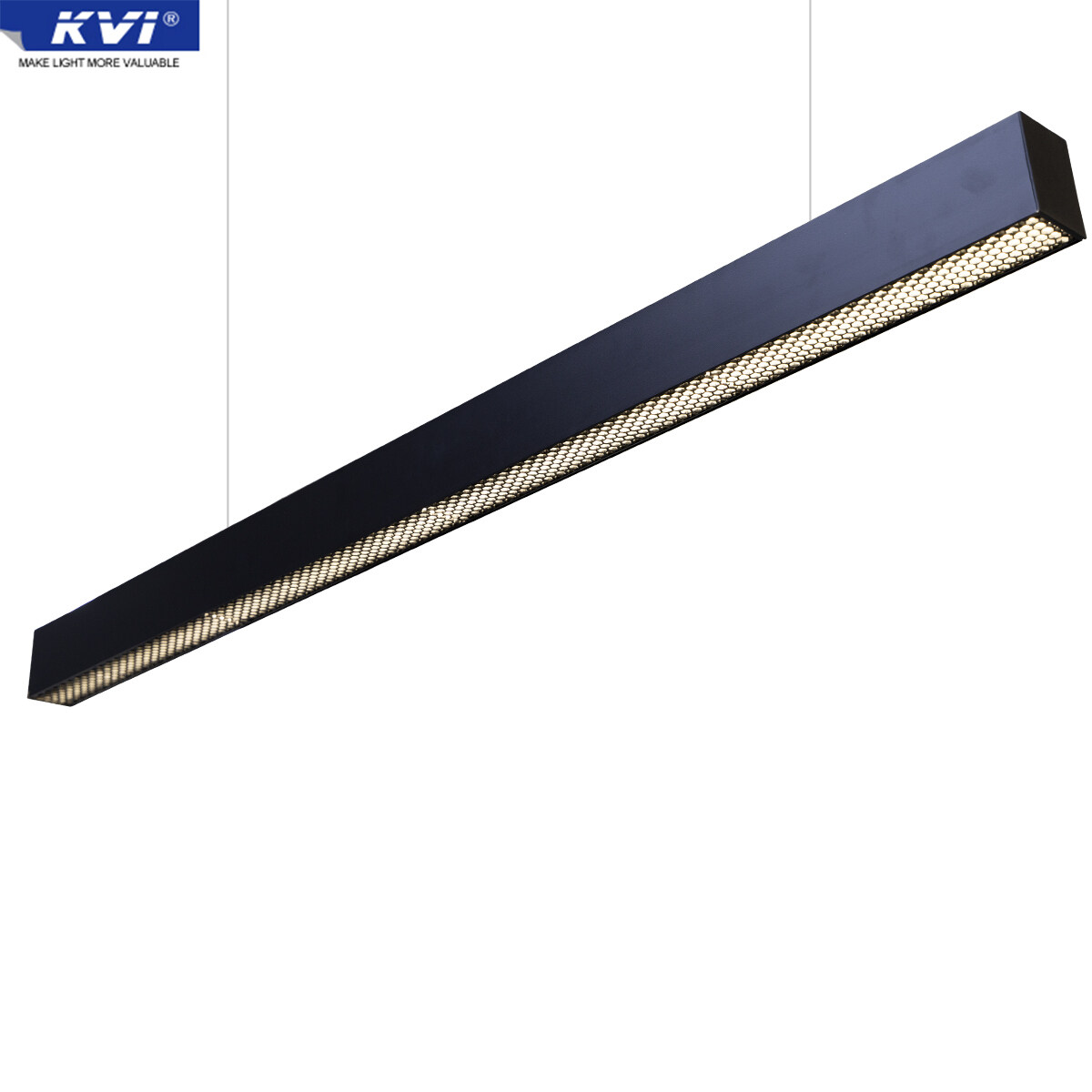

In the realm of lighting technology, LED tube lights have emerged as a beacon of efficiency and sustainability. Their journey from concept to widespread adoption is a fascinating tale of innovation, engineering prowess, and environmental consciousness.
The Genesis: From Idea to Reality
The story begins with the recognition of LEDs (Light Emitting Diodes) as a promising alternative to traditional fluorescent tubes. Unlike their predecessors, LEDs consume less energy, last longer, and offer superior light quality. However, the path to mass-producing LED tube lights was fraught with challenges.
Research and Development (R&D): Engineers and scientists delved into improving LED efficiency and reducing manufacturing costs. This phase involved breakthroughs in semiconductor technology and optical design, crucial for maximizing light output while minimizing energy consumption.
Prototype to Production: Once prototypes proved viable, the focus shifted to scaling up production. Manufacturing processes were refined to ensure consistency in quality and performance. This phase marked the integration of automated assembly lines and stringent quality control measures.
Crafting Quality: The Manufacturing Process
Materials Selection: Key components such as LED chips, heat sinks, and diffusers are carefully selected to ensure durability and efficiency. High-quality LEDs with optimal color rendering properties and low light degradation rates are paramount.
Assembly Line Dynamics: Modern manufacturing facilities for LED tube lights are characterized by precision machinery and skilled labor. Automated pick-and-place machines handle delicate components, ensuring each tube meets exact specifications. This synergy of human expertise and technological automation is essential for maintaining high production yields.
Testing and Certification: Before reaching consumers, LED tube lights undergo rigorous testing for luminous efficacy, color temperature consistency, and durability. Regulatory certifications such as Energy Star and DLC (DesignLights Consortium) ensure compliance with energy efficiency standards, boosting consumer confidence.

Sustainability and Environmental Impact
LED tube lights shine not only in performance but also in sustainability. Compared to fluorescent counterparts, LEDs consume up to 50% less energy and have a lifespan several times longer. This translates into reduced carbon emissions and lower maintenance costs over time.
Recycling Initiatives: Manufacturers actively promote recycling programs to minimize electronic waste. Components like aluminum heat sinks and PCBs (Printed Circuit Boards) are designed for easy disassembly and recycling, aligning with global efforts towards a circular economy.
Energy Efficiency: The shift towards LED technology contributes significantly to global energy conservation efforts. By 2030, widespread adoption of LEDs could potentially save billions in electricity costs and reduce carbon dioxide emissions equivalent to removing millions of cars from the road.
Market Trends and Consumer Adoption
Cost Competitiveness: Initially, LED tube lights carried a premium price tag due to higher manufacturing costs. However, economies of scale and technological advancements have driven prices down, making LEDs increasingly accessible to residential, commercial, and industrial consumers.
Customization and Design Flexibility: LED technology offers versatility in design, allowing for slim profiles, adjustable color temperatures, and dimmable options. This flexibility caters to diverse lighting preferences across different environments, from office spaces to retail stores and homes.
Consumer Education: Educating consumers about the benefits of LED technology remains crucial. Awareness campaigns highlight energy savings, reduced maintenance costs, and improved lighting quality, empowering consumers to make informed purchasing decisions.
Looking Ahead: Innovations on the Horizon
As technology evolves, so too will LED tube lights. Future innovations may include enhanced connectivity features, smart lighting controls, and further improvements in energy efficiency and longevity. Research continues into advanced materials and sustainable manufacturing practices, promising even greener lighting solutions for tomorrow.
Conclusion
The evolution of LED tube light manufacturing epitomizes human ingenuity and commitment to sustainability. From humble beginnings in R&D labs to widespread adoption worldwide, LEDs have transformed the lighting industry. As we embrace a future illuminated by energy-efficient technologies, the journey of LED tube light manufacturing serves as a testament to the power of innovation in shaping a brighter, more sustainable world.
Through continuous improvement and a focus on environmental stewardship, LED tube lights illuminate not just spaces but also the path towards a more sustainable future.
Email format error
Email cannot be empty
Email already exists
6-20 characters(letters plus numbers only)
The password is inconsistent
Email format error
Email cannot be empty
Email does not exist
6-20 characters(letters plus numbers only)
The password is inconsistent